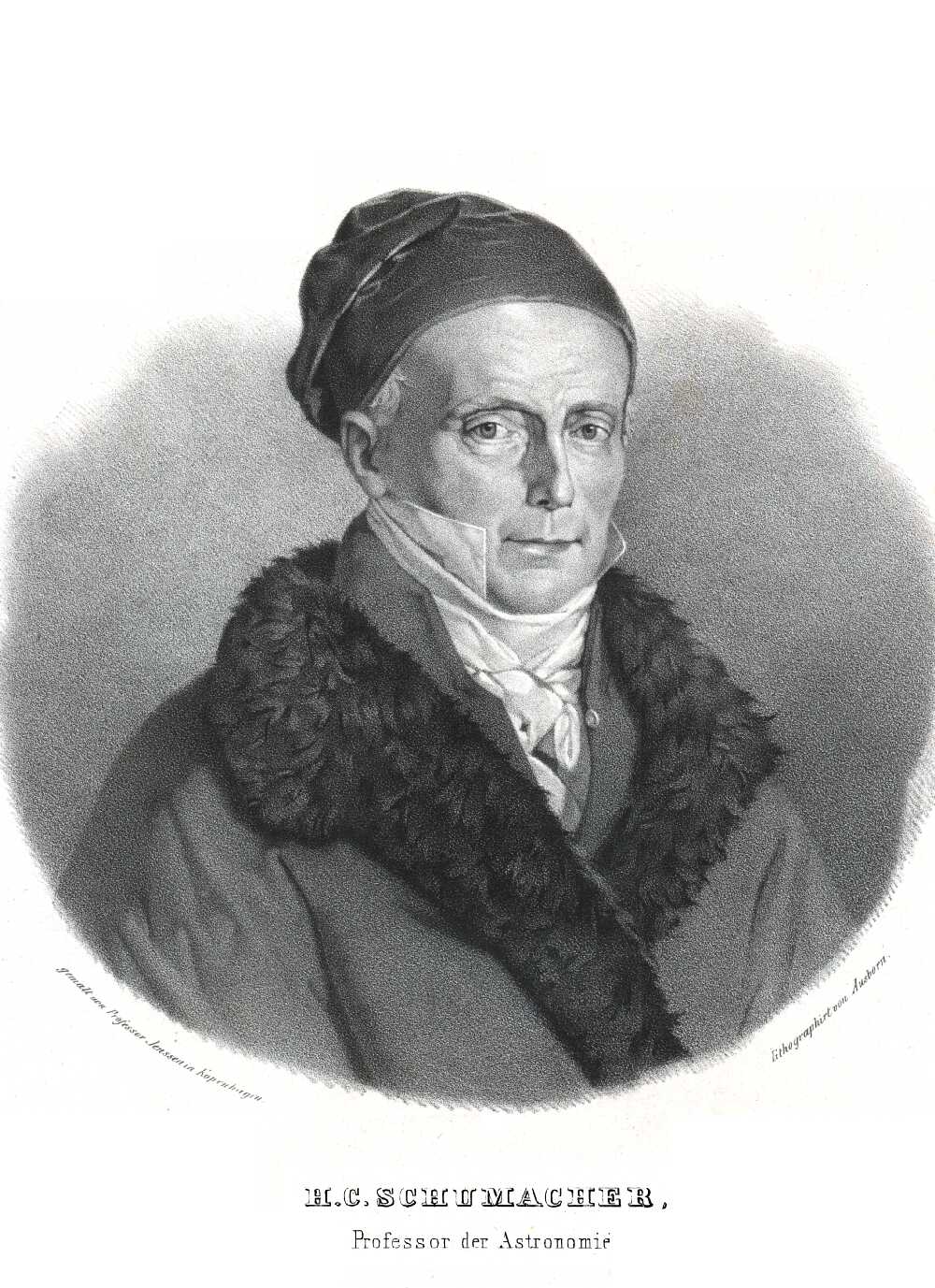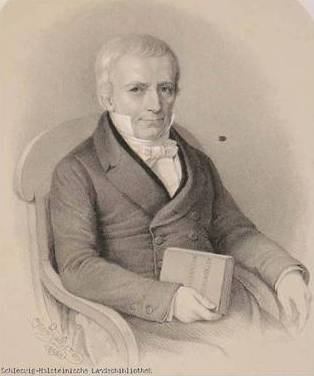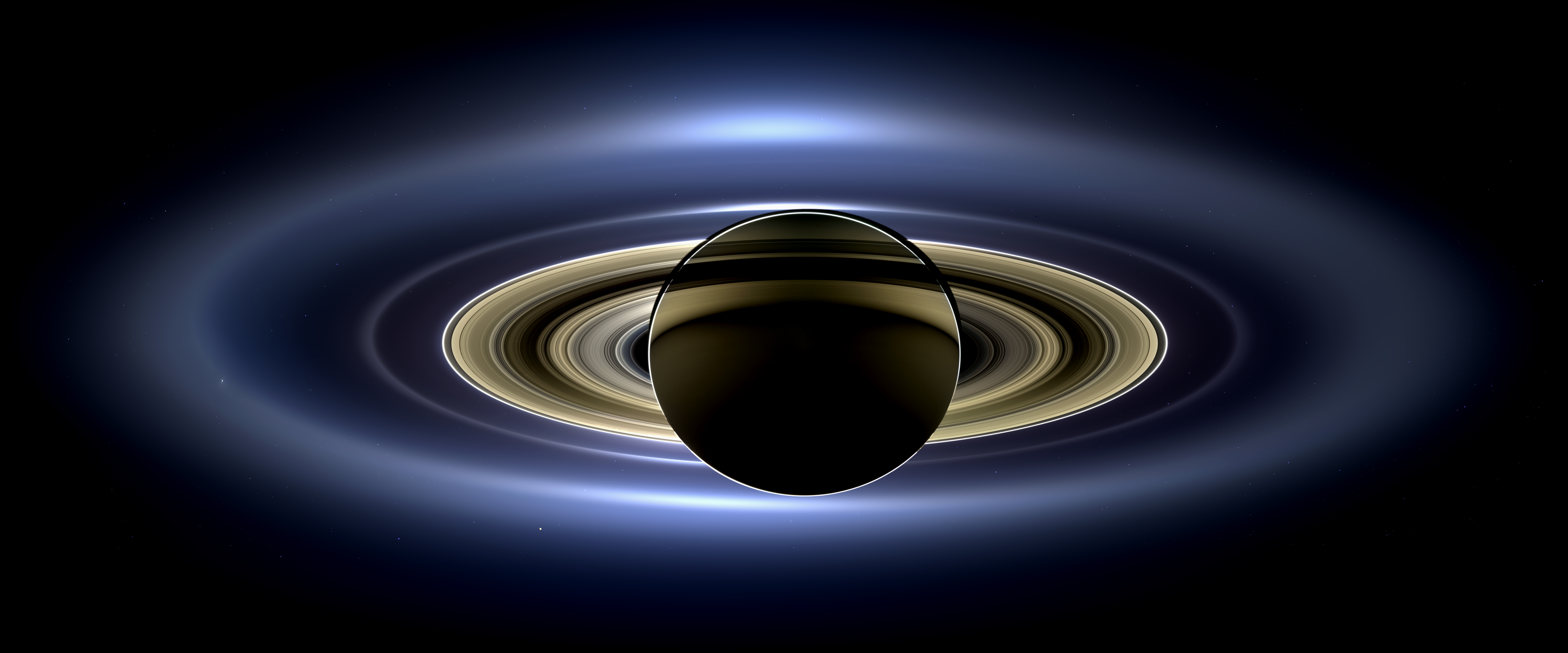|
Johann Friedrich Julius Schmidt
Johann Friedrich Julius Schmidt (25 October 1825 in Eutin, Germany – 7 February 1884 in Athens, Greece) was a German astronomer and geophysicist. He was the director of the National Observatory of Athens in Greece from 1858 to 1884. Julius Schmidt was tireless in his work, it was suggested by William Henry Pickering that he perhaps devoted more of his life than any other man to the study of the Moon. During his lifetime, he made some of the most complete lunar maps of the 19th century. According to his own analysis, he mapped no less than 32,856 craters, with Mädler mapping 7,735 and Lohrmann 7,177. Schmidt also mapped 348 lunar rilles. In six years, he made almost 57,000 micrometer settings to make 3050 height measurements. Biography Early life Schmidt was born in the town of Eutin to his father Carl Friedrich Schmidt, a glazier and mother Maria Elisabeth Quirling. He went to school at a gymnasium in Hamburg, where he impressed with his sense of form and drawing abil ... [...More Info...] [...Related Items...] OR: [Wikipedia] [Google] [Baidu] |
Eutin
Eutin () is the district capital of Eastern Holstein county located in the northern German state of Schleswig-Holstein. As of 2020, the town had some 17,000 inhabitants. History The name Eutin (originally Utin) is of Slavic origin. Its meaning is not quite clear; it is probably derived from the personal name "Uta". The Slavic Obotrites tribe settled eastern Holstein in the 7th/8th centuries A.D. and built a castle on Pheasant Island in the lake now called the Großer Eutiner See. The originally Slavonic settlement of ''Utin'' was populated in the twelfth century by Dutch settlers. In 1156 Eutin became a market town. Town rights were granted in the year 1257. It later became the seat of the Prince-Bishopric of Lübeck, as Lübeck itself was an imperial free city. When the bishopric was secularized in 1803, Eutin became part of the Duchy of Oldenburg. As a result of the Greater Hamburg Act of 1937, Eutin passed from the Free State of Oldenburg to the Prussian Province of Schleswig- ... [...More Info...] [...Related Items...] OR: [Wikipedia] [Google] [Baidu] |
Achromatic Lens
An achromatic lens or achromat is a lens that is designed to limit the effects of chromatic and spherical aberration. Achromatic lenses are corrected to bring two wavelengths (typically red and blue) into focus on the same plane. The most common type of achromat is the achromatic doublet, which is composed of two individual lenses made from glass Glass is a non-Crystallinity, crystalline, often transparency and translucency, transparent, amorphous solid that has widespread practical, technological, and decorative use in, for example, window panes, tableware, and optics. Glass is most ...es with different amounts of Dispersion (optics), dispersion. Typically, one element is a negative (Lens (optics)#Types of simple lenses, concave) element made out of flint glass such as F2, which has relatively high dispersion, and the other is a positive (Lens (optics)#Types of simple lenses, convex) element made of Crown glass (optics), crown glass such as BK7, which has lower disper ... [...More Info...] [...Related Items...] OR: [Wikipedia] [Google] [Baidu] |
Astronomische Nachrichten
''Astronomische Nachrichten'' (''Astronomical Notes''), one of the first international journals in the field of astronomy, was established in 1821 by the German astronomer Heinrich Christian Schumacher. It claims to be the oldest astronomical journal in the world that is still being published. The publication today specializes in articles on solar physics, extragalactic astronomy, cosmology, geophysics, and instrumentation for these fields. All articles are subject to peer review. Early history The journal was founded in 1821 by Heinrich Christian Schumacher,'' Publications of the Astronomical Society of the Pacific'', page 60, v.7 (1895) under the patronage of Christian VIII of Denmark, and quickly became the world's leading professional publication for the field of astronomy. Schumacher edited the journal at the Altona Observatory, then under the administration of Denmark, later part of Prussia, and today part of the German city of Hamburg. Schumacher edited the first 31 ... [...More Info...] [...Related Items...] OR: [Wikipedia] [Google] [Baidu] |
Carl Ludwig Christian Rümker
Carl Ludwig Christian Rümker (28 May 1788 – 21 December 1862) was a German astronomer. Early life (1788-1821) Rümker was born in Burg Stargard, in Mecklenburg, Germany, the son of J. F. Rümker, a court-councillor. He showed an aptitude for mathematics and studied at the Builders' Academy, Berlin, graduating in 1807 as a master builder. Instead of a career in building, he taught mathematics in Hamburg until 1809 when he went to England. Rümker served as a midshipman in the British East India Company and then in the British merchant navy from 1811 until 1813. In July 1813 he was seized by a pressgang and joined the Royal Navy. He served in the Royal Navy as a schoolmaster until 1817 on ''HMS Benbow'', ''Montague'' and ''Albion'' taking part in the expedition to Algiers in 1816 whilst on the ''Albion''. In 1817 he met Austrian astronomer Baron Franz Xaver von Zach, who influenced Rümker to study astronomy. Rümker was director of the school of navigation at Hamburg fro ... [...More Info...] [...Related Items...] OR: [Wikipedia] [Google] [Baidu] |
Bullialdus (crater)
Bullialdus is a lunar impact crater located in the western part of the Mare Nubium. It was named after French astronomer Ismaël Boulliau. To the north by north-west is the broken-rimmed and lava-flooded crater Lubiniezky. South-west of Bullialdus lies the smaller crater König. The relatively isolated location of this crater serves to highlight its well-formed shape. Bullialdus has a high outer rim that is circular but observers have noted a slightly polygonal appearance. The inner walls are terraced and contain many signs of landslips. The outer ramparts are covered in a wide ''ejecta'' blanket that highlights a radial pattern of low ridges and valleys. In the center of the crater is a formation of several peaks and rises that climb to over a kilometer in height. A raised ridge runs from the peaks to the south-east, until finally merging with the inner wall. The floor of the crater is generally rough with many low rises. Overall it has a somewhat convex shape, bulging upwa ... [...More Info...] [...Related Items...] OR: [Wikipedia] [Google] [Baidu] |
Gassendi (crater)
Gassendi is a large lunar impact crater feature located at the northern edge of Mare Humorum. It was named after French astronomer Pierre Gassendi. The formation has been inundated by lava during the formation of the mare, so only the rim and the multiple central peaks remain above the surface. The outer rim is worn and eroded, although it retains a generally circular form. A smaller crater – Gassendi A – intrudes into the northern rim, and joins a rough uplift at the northwest part of the floor. The crater pair bear a curious resemblance to a diamond ring. In the southern part of the crater floor is a semi-circular ridge-like formation that is concentric with the outer rim. It is in the southern part where the rim dips down to its lowest portion, and a gap appears at the most southern point. The rim varies in height from as little as 200 meters to as high as 2.5 kilometers above the surface. The floor has numerous hummocks and rough spots. There is also a system of ri ... [...More Info...] [...Related Items...] OR: [Wikipedia] [Google] [Baidu] |
Johann Heinrich Mädler
Johann, typically a male given name, is the German form of ''Iohannes'', which is the Latin form of the Greek name ''Iōánnēs'' (), itself derived from Hebrew name ''Yochanan'' () in turn from its extended form (), meaning "Yahweh is Gracious" or "Yahweh is Merciful". Its English language equivalent is John. It is uncommon as a surname. People People with the name Johann include: A–K * Johann Adam Hiller (1728–1804), German composer * Johann Adam Reincken (1643–1722), Dutch/German organist * Johann Adam Remele (died 1740), German court painter * Johann Adolf I, Duke of Saxe-Weissenfels (1649–1697) * Johann Adolph Hasse (1699-1783), German Composer * Johann Altfuldisch (1911—1947), German Nazi SS concentration camp officer executed for war crimes * Johann Andreas Eisenmenger (1654–1704), German Orientalist * Johann Baptist Wanhal (1739–1813), Czech composer * Johann Bernhard Fischer von Erlach (1656–1723), Austrian architect * Johann Bernoulli (1667–1748), Swis ... [...More Info...] [...Related Items...] OR: [Wikipedia] [Google] [Baidu] |
Wilhelm Beer
Wilhelm Wolff Beer (4 January 1797 – 27 March 1850) was a banker and astronomer from Berlin, Prussia, and the brother of Giacomo Meyerbeer. Astronomy Beer's fame derives from his hobby, astronomy. He built a private observatory with a 9.5 cm refractor in Tiergarten, Berlin. Together with Johann Heinrich Mädler he produced the first exact map of the Moon (entitled ''Mappa Selenographica'') in 1834-1836, and in 1837 published a description of the Moon (''Der Mond nach seinen kosmischen und individuellen Verhältnissen''). Both remained the best descriptions of the Moon for many decades. In 1830, Beer and Mädler created the first globe of the planet Mars. In 1840 they made a map of Mars and calculated its rotation period to be 24 h 37 min 22.7 s, only 0.1 seconds different from the actual period as it is known today. Other work In addition to his hobby of astronomy, he helped with the establishment of a railway system in Prussia, and promoted the Jewish community ... [...More Info...] [...Related Items...] OR: [Wikipedia] [Google] [Baidu] |
Altona Observatory
The Altona Observatory () was an astronomical observatory situated in the Palmaille, in Altona, Hamburg. The observatory was founded by Heinrich Christian Schumacher in 1823 and continued to operate until 1871, 21 years after his death. It closed due to funding being cut off following the cession of the 'Elbe Duchies' of Schleswig, Holstein, and Saxe-Lauenburg by Denmark to Austria and Prussia following the Second Schleswig War. The ''Astronomische Nachrichten'' journal was founded at the observatory by Schumacher, and was edited there until the observatory's closure. History Foundation In 1815 Heinrich Christian Schumacher initiated a large-scale geodetic survey of Jutland, stretching from Skagen to Lauenberg. To connect the Danish measurements with the greater European geodetic network, Schumacher involved Carl Friedrich Gauss, who in 1818 began his own survey of the Kingdom of Hanover. To connect both networks, a fundamental station was needed in Altona. In 1821 Sch ... [...More Info...] [...Related Items...] OR: [Wikipedia] [Google] [Baidu] |
Phases Of Venus
The phases of Venus are the variations of lighting seen on the planet's surface, similar to lunar phases. The first recorded observations of them are thought to have been telescopic observations by Galileo Galilei in 1610. Although the extreme crescent phase of Venus has since been observed with the naked eye, there are no indisputable historical pre-telescopic records of it being described or known. Observation The orbit of Venus is 224.7 Earth days (7.4 avg. Earth months 0.4 days. The phases of Venus result from the planet's orbit around the Sun inside the Earth's orbit giving the telescopic observer a sequence of progressive lighting similar in appearance to the Moon's phases. It presents a ''full'' image when it is on the opposite side of the Sun. It is a ''gibbous'' phase when it approaches or leaves the opposite side of the Sun. It shows a ''quarter phase'' when it is at its maximum elongation from the Sun. Venus presents a ''thin crescent'' in telescopic views as it c ... [...More Info...] [...Related Items...] OR: [Wikipedia] [Google] [Baidu] |
Rings Of Saturn
The rings of Saturn are the most extensive ring system of any planet in the Solar System. They consist of countless small particles, ranging in size from micrometers to meters, that orbit around Saturn. The ring particles are made almost entirely of water ice, with a trace component of rocky material. There is still no consensus as to their mechanism of formation. Although theoretical models indicated that the rings were likely to have formed early in the Solar System's history, newer data from '' Cassini'' suggested they formed relatively late. Although reflection from the rings increases Saturn's brightness, they are not visible from Earth with unaided vision. In 1610, the year after Galileo Galilei turned a telescope to the sky, he became the first person to observe Saturn's rings, though he could not see them well enough to discern their true nature. In 1655, Christiaan Huygens was the first person to describe them as a disk surrounding Saturn. The concept that Saturn ... [...More Info...] [...Related Items...] OR: [Wikipedia] [Google] [Baidu] |







